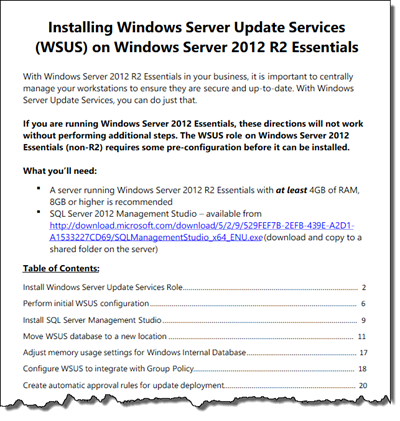Vista Seismic Processing Tutorial Youtube
воскресенье 30 декабря admin 8
Seismic Data Processing: How To Install Promax R5000 🛈⏬ Geometrics Seismic Training 2-1 (Processing Seismic Refraction Data) 🛈⏬ Geophysics Seismic Processing Basic Theory / seismic acquisition and data processing using seismic software promax for advanced geosciences in seismic exploration by oil and gas company geophysical services geophysical surveys company / 🛈⏬ Seismic processors are Geophysicists who turn raw seismic (earth vibration) data into a true representation of the subsurface, which helps organizations choose drilling sites for oil and gas reserves. 🛈⏬ This exercise is designed to give hands-on experience with the Visio drawing interface as ProMax uses it, and an introduction to making specifications within ProMax. Special emphasis is given to drawing and modifying blocks, streams, and stream connections. Creating an environment for use within the project is shown. Blocks covered in this exercise include: heat exchangers, compressors, separators, simple distillation columns, and process stream recycles. Analyses covered include: phase diagram analysis (including phase diagram generation and finding critical information for a stream), vapor pressure analysis (including finding the RVP and TVP of a liquid stream), and line sizing analysis.
1 Introduction to seismic data and processing Chapter contents 1.1 Seismic data and their acquisition, processing, and interpretation 1.2 Sampled time series, sampling rate, and aliasing 1.3 Seismic amplitude and gain control 1.4 Phase and Hilbert transforms 1.5 Data format and quality control (QC) 1.6 Summary Further reading.
If you have any questions or desire more information feel free to contact us at support@bre.com or call (979) 776-5220 for additional support. 🛈⏬ Yandex School of Data Analysis Conference Machine Learning: Prospects and Applications There are several most frequent challenges in modern seismic explora- tion that demand the use of machine learning techniques: adjusting the forward and inverse filtering parameters during seismic data processing, pattern recognition during geological strata tracking, the data regular- ization problem, fields interpolation during geological interpretation and geological structures classification at the final interpretation stage.
Solving these problems involves a great variety of artificial intelligence techniques: different modifications of regression in first-type problems, the kriging method and artificial neural networks and fuzzy logic systems in second- and third-type problems accordingly. Hanzipen tc bold download. The parameters adjusting problem demands the construction of learning sets from the modeled data, then we use iterative routines to realize the learning procedure and try to use the established parameters on real data. Commonly we use different regression models, especially the power regression technique. Machine learning is more popular in geological interpretation of seismic surveys data. Geological interpretation is an attempt to solve the inverse geophysical problem using all the available a priori information: well-log data, regional geological maps, etc. The a priori information is always insufficient, so the inverse problem is poorly conditioned and so we have to use either geologists’ experience or artificial intelligence.
